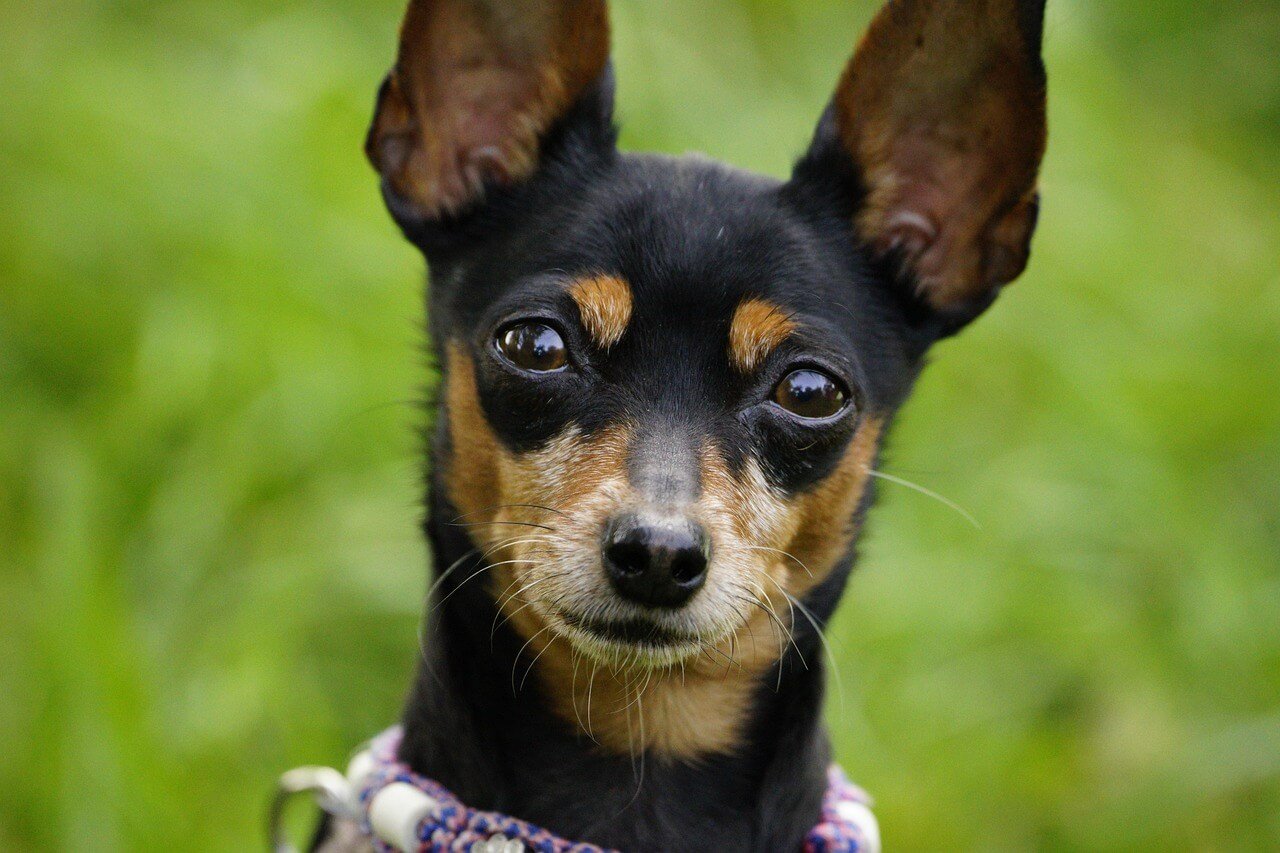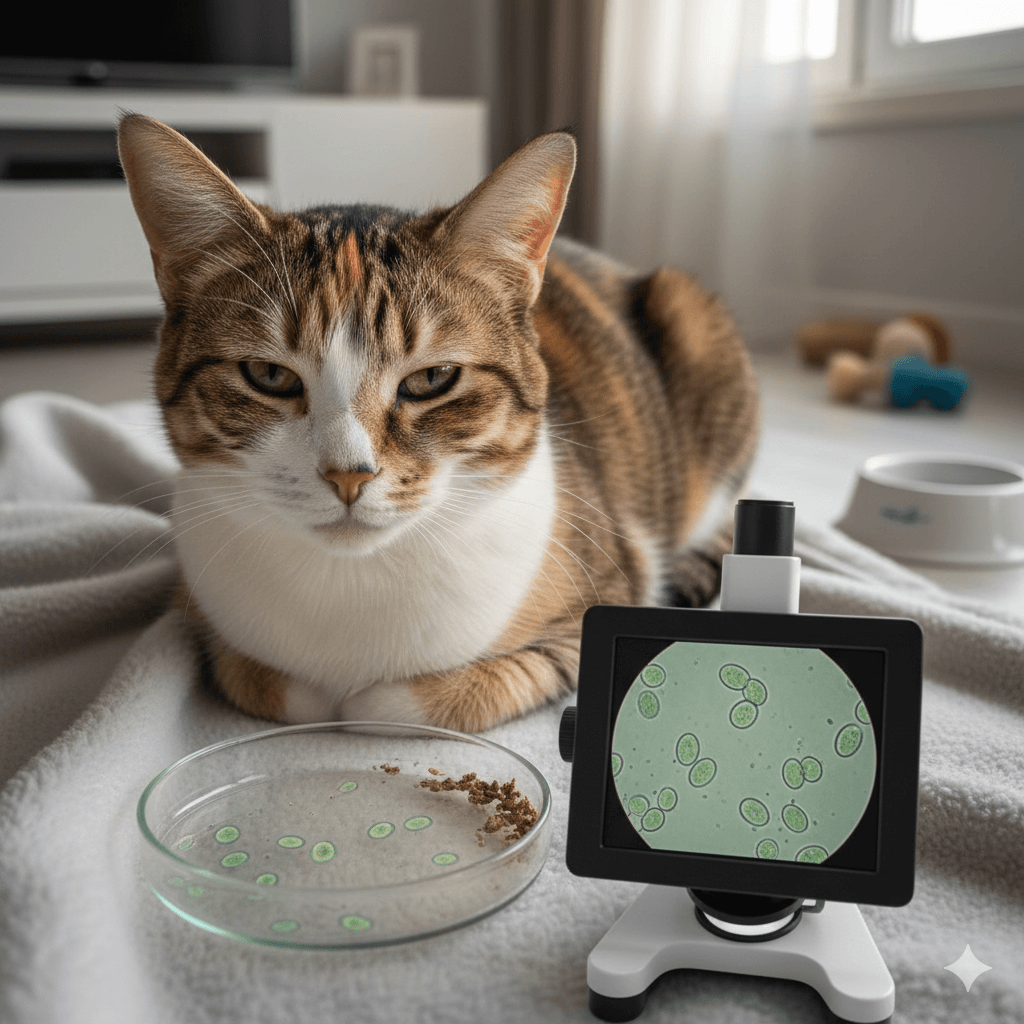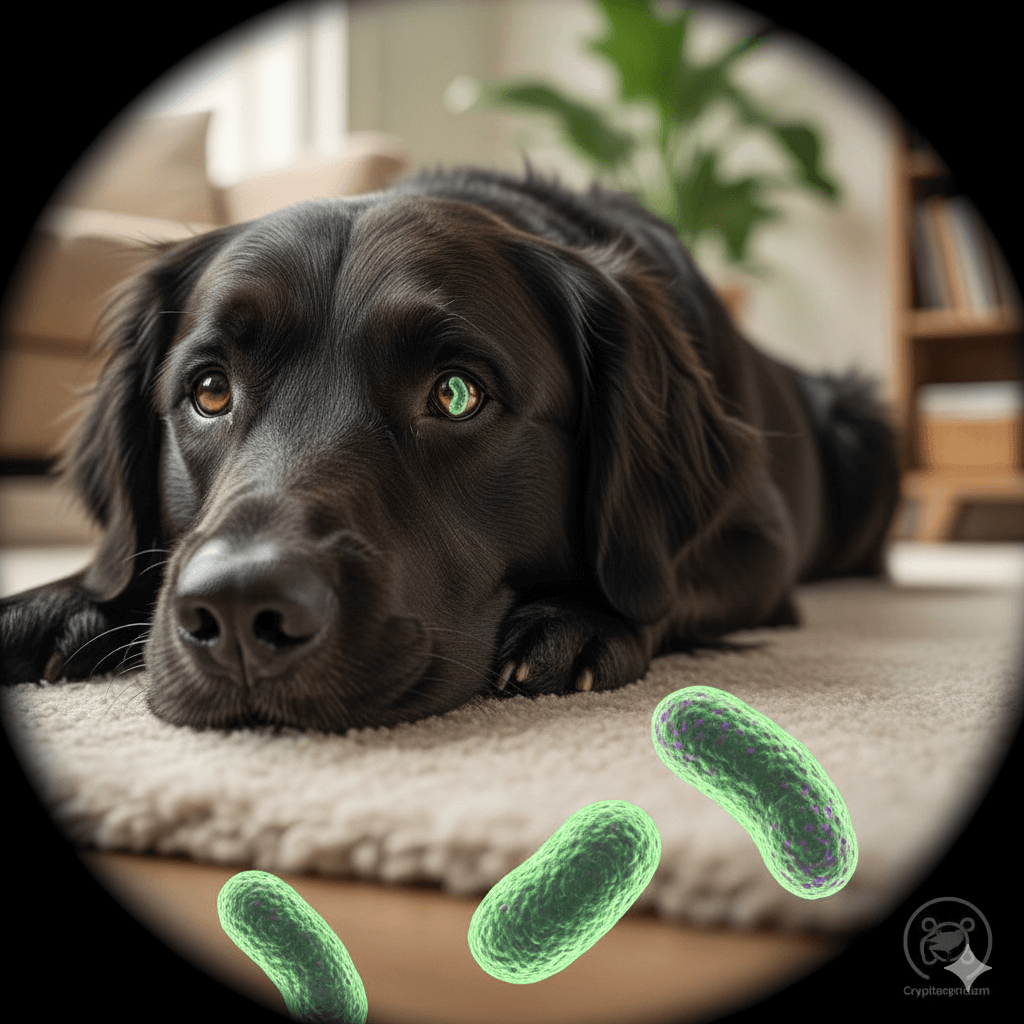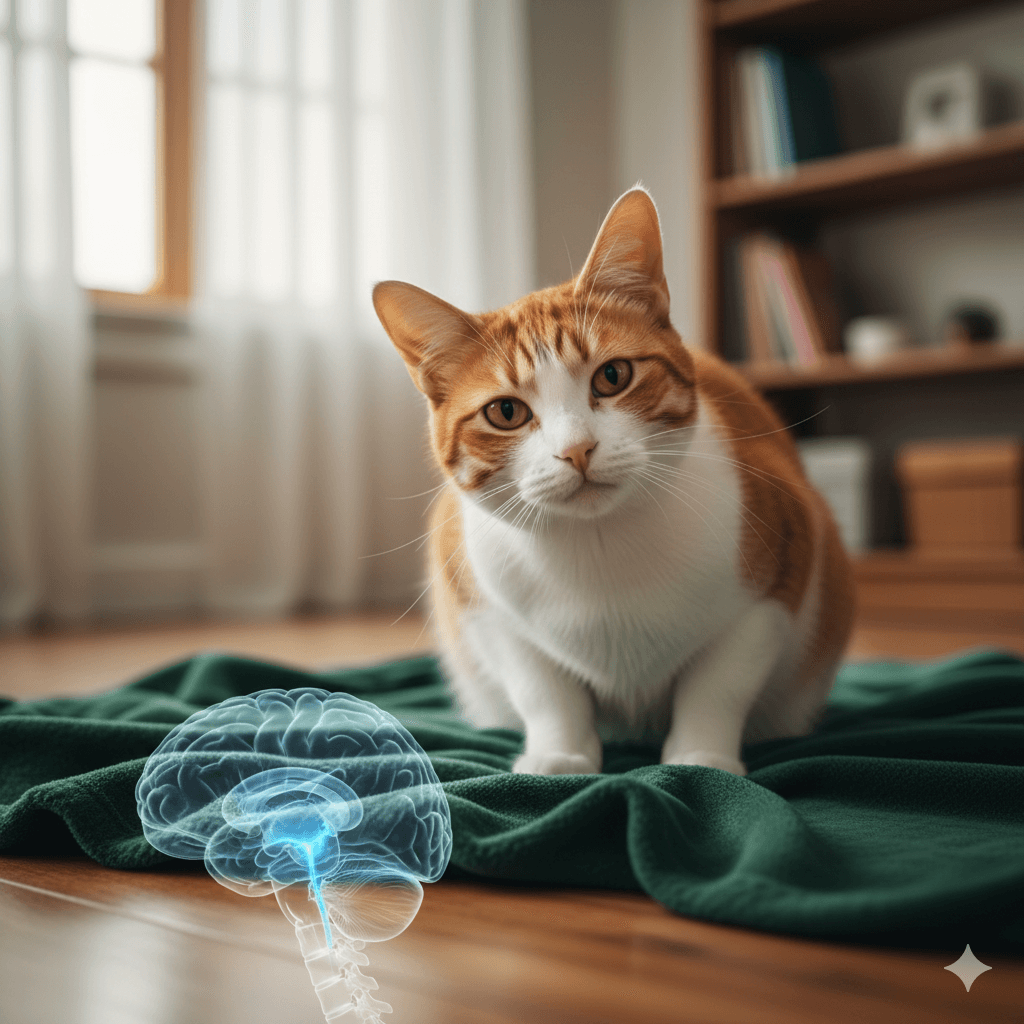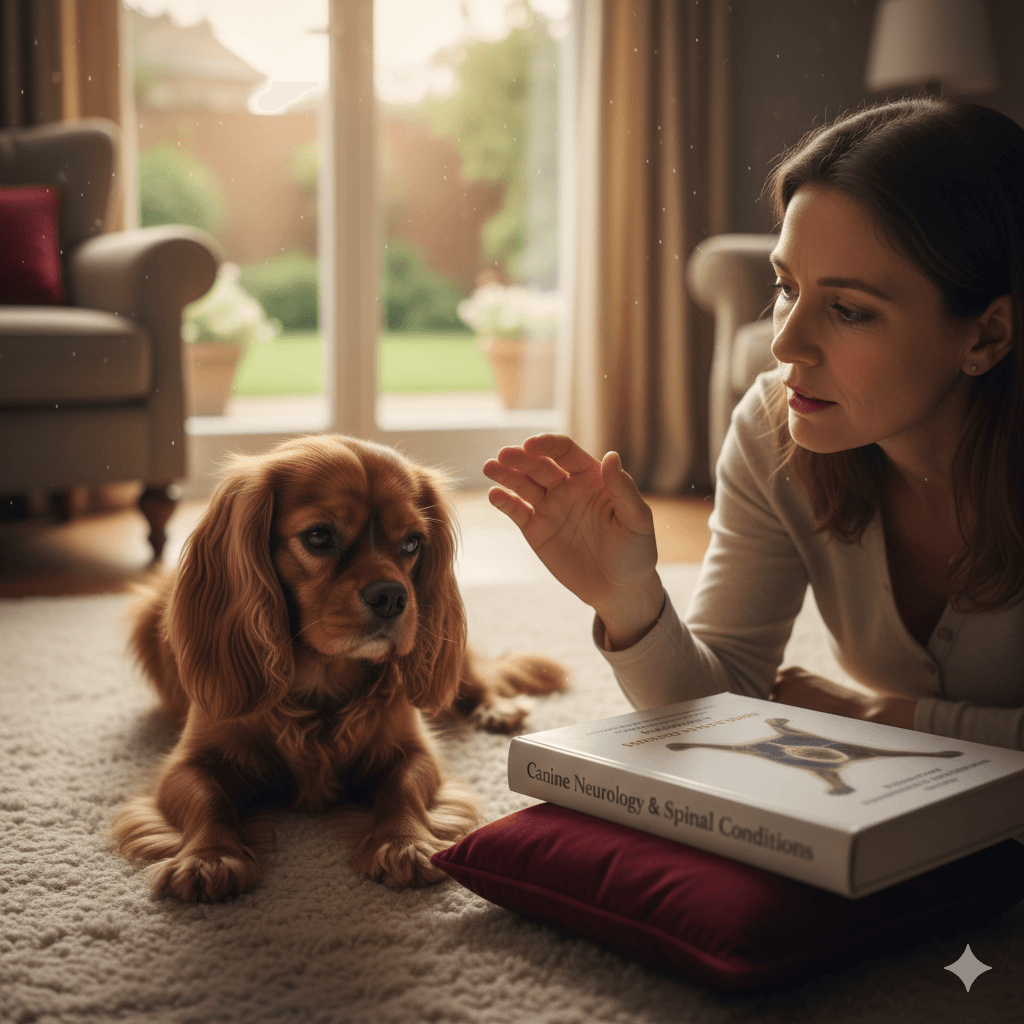Raccoon Bite Marks on Dogs: What You Need to Know
Encounters between dogs and raccoons are more common than you might think, especially in areas where these curious critters share space with humans. While raccoons may seem harmless, they can become aggressive if they feel threatened, leading to potential injuries like raccoon bite marks on dogs. These bites are not only painful but can also pose serious health risks, including infections and diseases. If your dog has been bitten by a raccoon, it’s crucial to act quickly and know how to identify and address the situation. In this blog post, we’ll explore everything you need to know about raccoon bite marks on dogs, from recognizing the signs to ensuring proper treatment and prevention.
How to Identify Raccoon Bite Marks on Dogs
Recognizing raccoon bite marks is the first step in addressing the issue. Raccoons have sharp teeth, and their bites often leave distinct signs that can help you determine whether your dog has been injured. Here’s what to look for:
Puncture Wounds: Small, deep holes in the skin caused by the raccoon’s sharp teeth are a clear sign of a bite.
Swelling and Redness: The area around the bite may become inflamed, red, or swollen due to irritation or infection.
Broken Skin: Look for torn or punctured skin, which may indicate recent contact with a raccoon.
Bleeding or Bruising: Fresh bites may bleed, while older ones could show bruising as the injury heals.
Unusual Behavior: Your dog may exhibit signs of discomfort, such as licking the affected area excessively or limping if the bite is on a limb.
If you notice any of these signs, it’s important to take immediate action. Early intervention can prevent complications and ensure your dog receives the care they need.
Health Risks Associated with Raccoon Bite Marks
Raccoon bites are not just superficial injuries—they can carry significant health risks for your dog. Understanding these dangers will help you prioritize prompt treatment and avoid long-term consequences. Here are some potential risks:
Infections: Bacteria from the raccoon’s mouth can enter the wound, leading to infections like cellulitis or abscesses.
Rabies: Raccoons are common carriers of rabies, a deadly virus that can be transmitted through saliva.
Tetanus: Open wounds from bites can expose your dog to tetanus, a bacterial infection that affects the nervous system.
Parasites: Raccoons can transmit parasites like roundworms, which may infect your dog through contaminated saliva or fecal matter.
Allergic Reactions: Some dogs may experience allergic reactions to the raccoon’s saliva, causing additional swelling or itching.
These risks highlight the importance of seeking veterinary care as soon as possible. A professional evaluation can help mitigate these dangers and keep your dog safe.
Check this guide 👉Dog Bite Antibiotic Prophylaxis: Best 7 Health Tips!
Check this guide 👉Copperhead Snake Bite in Dogs: Best 7 Health Tips!
Check this guide 👉Red Ring Around a Tick Bite on Dogs: Best 7 Health Tips!
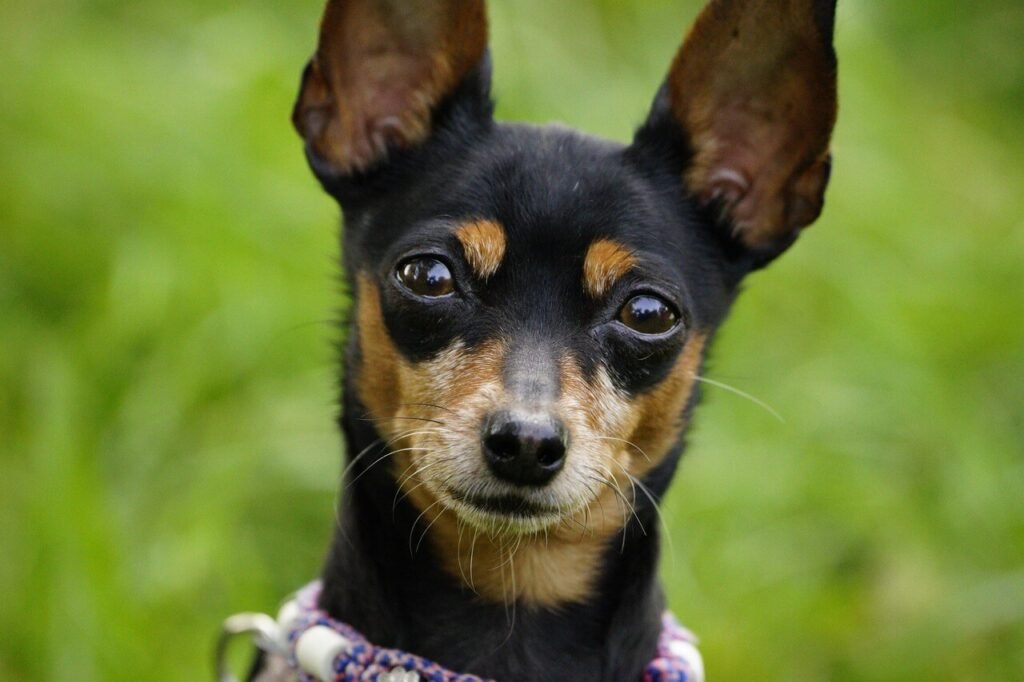
Signs of Raccoon Bite Marks | Potential Health Risks |
|---|---|
Puncture wounds | Infections (e.g., cellulitis) |
Swelling and redness | Rabies transmission |
Broken or torn skin | Tetanus exposure |
Bleeding or bruising | Parasitic infections (e.g., worms) |
Excessive licking or limping | Allergic reactions |
Immediate Steps to Take if Your Dog Has Raccoon Bite Marks
If your dog has been bitten by a raccoon, acting quickly can make all the difference in their recovery. Follow these steps to ensure your dog receives the care they need:
Separate Your Dog: Keep your dog away from other animals to prevent further injury or contamination.
Clean the Wound: Gently rinse the affected area with warm water and mild soap to remove dirt and bacteria.
Stop the Bleeding: Apply gentle pressure with a clean cloth or bandage to control bleeding if necessary.
Call Your Veterinarian: Schedule an appointment immediately, even if the wound seems minor, as underlying issues may not be visible.
Monitor for Symptoms: Watch for signs of infection, fever, lethargy, or unusual behavior, and report them to your vet promptly.
Taking these steps ensures your dog receives timely care and minimizes the risk of complications. Remember, professional guidance is essential for proper treatment.
Preventing Raccoon Encounters to Avoid Bite Marks
Prevention is always better than dealing with the aftermath of a raccoon bite. By taking proactive measures, you can reduce the likelihood of your dog encountering raccoons. Here are some effective prevention tips:
Secure Trash Cans: Use animal-proof lids to prevent raccoons from scavenging in your yard.
Remove Food Sources: Avoid leaving pet food or birdseed outside, as these can attract raccoons.
Install Motion Lights: Bright lights can deter raccoons from entering your property at night.
Supervise Outdoor Time: Keep an eye on your dog during outdoor playtime, especially in wooded or rural areas.
Fence Your Yard: A sturdy fence can help keep raccoons and other wildlife out of your yard.
By implementing these strategies, you can create a safer environment for your dog and minimize the risk of raccoon encounters. Prevention goes a long way in protecting your furry friend.
Signs Your Dog Has Encountered a Raccoon
Even if you don’t directly witness an encounter, there are subtle signs that may indicate your dog has had a run-in with a raccoon. Recognizing these signs can help you take action before any serious issues arise. Here’s what to look for:
Unusual Odor: Your dog may carry the scent of a raccoon, especially if they’ve been in close contact or rolled in its territory.
Missing Fur or Scratches: Patchy fur or scratch marks could suggest a scuffle with a raccoon.
Agitated Behavior: If your dog seems unusually anxious, restless, or aggressive after being outside, it may have encountered wildlife.
Limping or Favoring a Limb: This could indicate an injury sustained during an encounter, even if bite marks aren’t immediately visible.
Dirt or Debris on Fur: Mud, leaves, or other debris on your dog’s coat might signal they’ve been in areas where raccoons frequent.
By staying observant, you can identify potential encounters early and ensure your dog receives prompt attention if needed. Prevention and vigilance are key to protecting your pet.
Safe Ways to Clean a Raccoon Bite Wound
Cleaning a raccoon bite wound properly is crucial to prevent infection and minimize health risks. While professional veterinary care is essential, you can take initial steps at home to stabilize the situation. Here’s how to clean the wound safely:
Wear Gloves: Protect yourself from potential pathogens by wearing disposable gloves while handling the wound.
Use Warm Water: Rinse the affected area thoroughly with lukewarm water to remove dirt and debris.
Apply Mild Soap: Use a gentle, non-toxic soap to clean around the wound without irritating your dog’s skin.
Avoid Harsh Chemicals: Do not use hydrogen peroxide or alcohol, as these can damage tissue and delay healing.
Pat Dry Gently: Use a clean towel to gently pat the area dry, avoiding excessive rubbing or pressure.
Proper cleaning reduces the risk of complications and prepares the wound for further treatment by your veterinarian. Always follow up with professional care for the best outcome.
Long-Term Care After a Raccoon Bite
After a raccoon bite, ongoing care is essential to ensure your dog heals fully and avoids long-term complications. Follow-up measures can make a significant difference in your dog’s recovery process. Here’s what to focus on:
Monitor the Wound Daily: Check the bite area regularly for signs of infection, such as redness, swelling, or discharge.
Administer Medications: Give any prescribed antibiotics or pain relievers exactly as directed by your veterinarian.
Limit Physical Activity: Restrict your dog’s movement to prevent reopening the wound or aggravating the injury.
Schedule Follow-Up Visits: Attend all recommended vet appointments to track your dog’s progress and address concerns.
Update Vaccinations: Ensure your dog’s vaccinations, especially rabies, are up to date to prevent future risks.
With consistent care and attention, your dog can recover fully from a raccoon bite. Taking these steps not only aids healing but also strengthens the bond between you and your loyal companion.
Frequently Asked Questions About Raccoon Bite Marks on Dogs
What should I do if my dog is bitten by a raccoon?
Clean the wound gently, stop any bleeding, and contact your veterinarian immediately for further instructions.
Can raccoons transmit rabies to dogs?
Yes, raccoons are known carriers of rabies, so it’s crucial to seek veterinary care to assess the risk.
How can I tell if a raccoon bite is infected?
Signs of infection include swelling, redness, pus, warmth around the wound, and your dog showing signs of pain or discomfort.
Do I need to vaccinate my dog after a raccoon bite?
Your veterinarian may recommend a rabies booster or other treatments depending on your dog’s vaccination history and the circumstances of the bite.
How can I keep raccoons away from my property?
Secure trash cans, remove food sources, install motion lights, and supervise your dog during outdoor activities to deter raccoons.
In Conclusion: Staying Vigilant Against Raccoon Bite Marks
Raccoon bite marks on dogs are more than just minor injuries—they can lead to serious health risks if not addressed promptly. By learning how to identify these marks, understanding the associated dangers, and taking preventive measures, you can protect your dog from harm. Always prioritize professional veterinary care if your dog has been bitten, as early intervention is key to a full recovery. With vigilance and proactive steps, you can ensure your furry companion stays safe and healthy, even in areas where raccoons are common. Remember, your dog relies on you to keep them out of harm’s way, and being prepared is the best gift you can give them.
Understanding Cryptosporidium in Cats: Best 7 Expert Tips! – Spot symptoms, treat safely, and stop parasite spread in your home.
Understanding Cryptosporidium in Dogs: Best 7 Expert Tips! – Learn symptoms, treatment & prevention for this stubborn gut parasite.
Understanding Syringomyelia in Cats: Best 7 Expert Tips! – Recognize signs, manage pain, and support your cat’s neurological health with vet-backed guidance.
Understanding Syringomyelia in Dogs: Best 7 Expert Tips! – Expert insights on symptoms, MRI diagnosis, pain management & quality of life.

